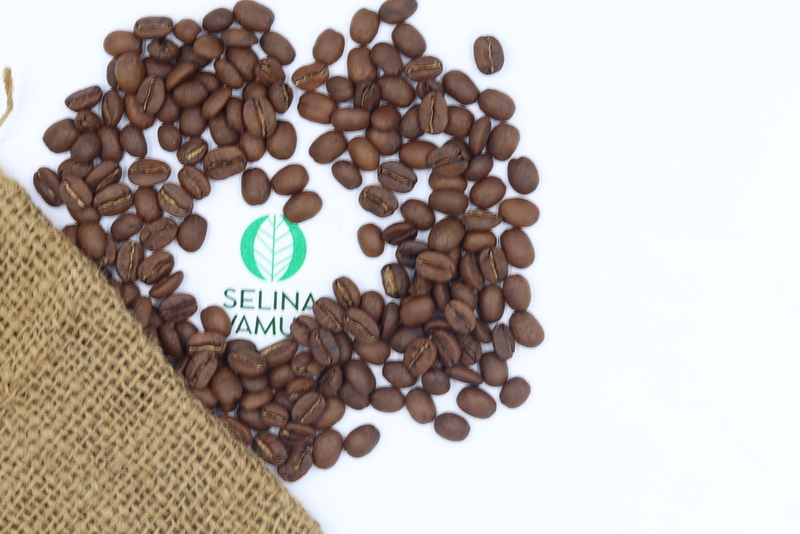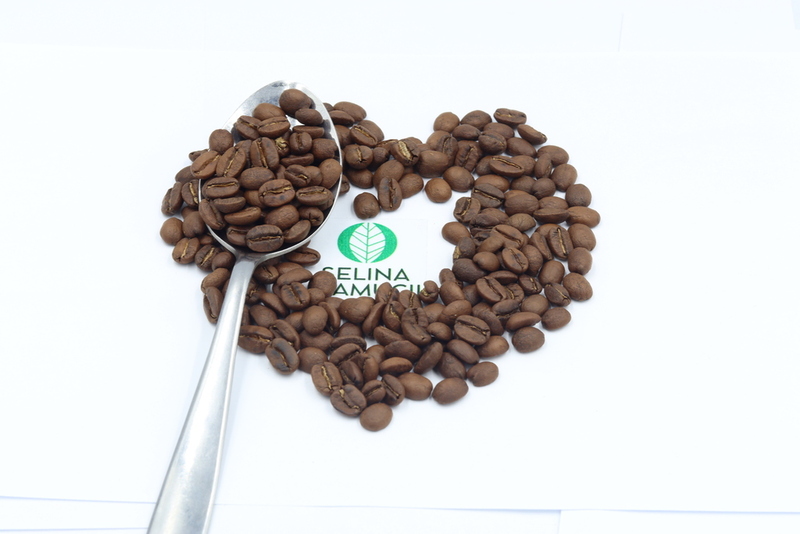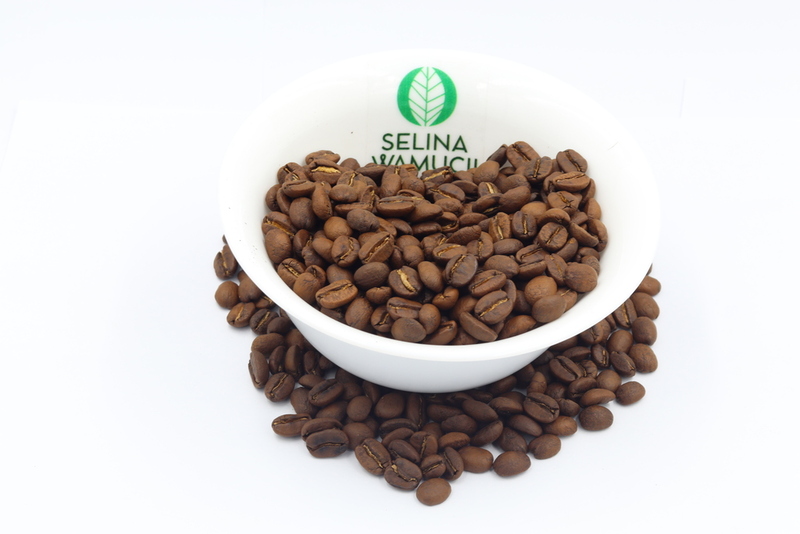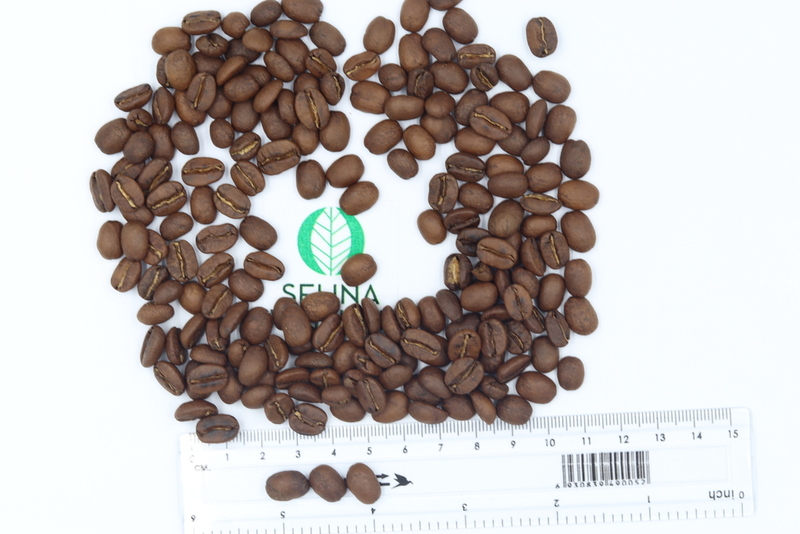Buy DRC Coffee Beans Directly From Exporters & Suppliers - Best of 2024 Market Prices
| Summary | |
|---|---|
| Varieties | Robusta coffee, Arabica coffee |
| Packing | In 500g, 250g and 100g sachets. Packed in 60 kg gunny bags, packed as per clients specification |
| Sizes | 5mm-15mm |
| Season | Throughout the year Peak period in September and November |
| Storage Conditions | Store the coffee berries in a cool, dry place |
| Transport Conditions | Transport the coffee berries under a moderate temperature below 26 degrees Celsius |
The democratic republic of the Congo is among the largest producers of the best coffee in the world. The country avails the best coffee to the local and the foreign market.
The DRC has, for many years, been exporting coffee. The country first exported the highest amount in 1989 when 11,340 tons of coffee. The export sharply declined in 1995 during the civil war and coffee disease in 1997. The production and export picked up in 2003 after the peace agreement signed in December 2002. In 2015 the country exported 120,000 tons of coffee and made a budgetary provision of 100 US dollars. The country has about 11,000 coffee farmers.
Cooperative associations such as Furaha, Sopacdi and Muungano partner with farmers for sale and distribution. The central coffee-growing region is South Kivu province.
There are two primary varieties of coffee in the DRC. These are;
- The Robusta coffee mainly cultivated in the north-west of the country such as Isiro, and the lowlands of Uele, Kivu, Ubangi, Kasai and Bas-Congo.
- Arabica coffee mainly cultivated in Kivu and Ituri.
Coffee does well in cool to warm tropical climate. The conditions should be hot and wet throughout the year. The tropics have a temperature of 15-25 degrees Celsius and high altitude of 1400- 2000 meters above sea level.
The DRC coffee beans are harvested by handpicking. Farmers harvest the coffee berries where they turn colour to scarlet. The coffee berries have then loaded the baskets and transported to the milling factory where they washed, processed and ground.
In the processing factory, the coffee berries dried to lower the amount of moisture up to less than 11% through outdoor land exposure. De-pulping equipment used to remove flesh from the berries. Exposure of berries increases the surface area of coffee to soak in water for 48 hours fully. Soak the coffee berries to allow fermentation which facilitates the breakdown of enzymes.
The DRC coffee then lay to dry. Artificial means of removing water used to fasten the process. The water content should be below 11%.
The coffee is then taken through the milling process, which involves removal of by skin on the berries. It entails polishing of berries to refined state.
The last process is the grinding. The grinding process is the use of sorting sieves to bring along the different sizes of seeds. The largest seed goes to grade 20, and the smallest seeds are the grade 10.
The DRC coffee beans are packed in sisal bag weighing up to at least 50 kilograms. Jute bags also used. They then put in film lined container in specialized warehouses in the airport
Upon request, green beans also roasted and ground to fine coffee. Roasting done at 400 degrees Fahrenheit. Then cooled with cold water
The DRC coffee stored under cool and dry conditions. The coffee is transported to the port of Mombasa by designed trucks ready export of Mombasa.
The DRC coffee beans are among the best in the market, Sign up today and get connected with coffee suppliers from the DRC!
Get Instant Quote
Are you a producer of DRC Coffee Beans or other products?
Sign up today for FREE to buy or sell DRC Coffee Beans.





